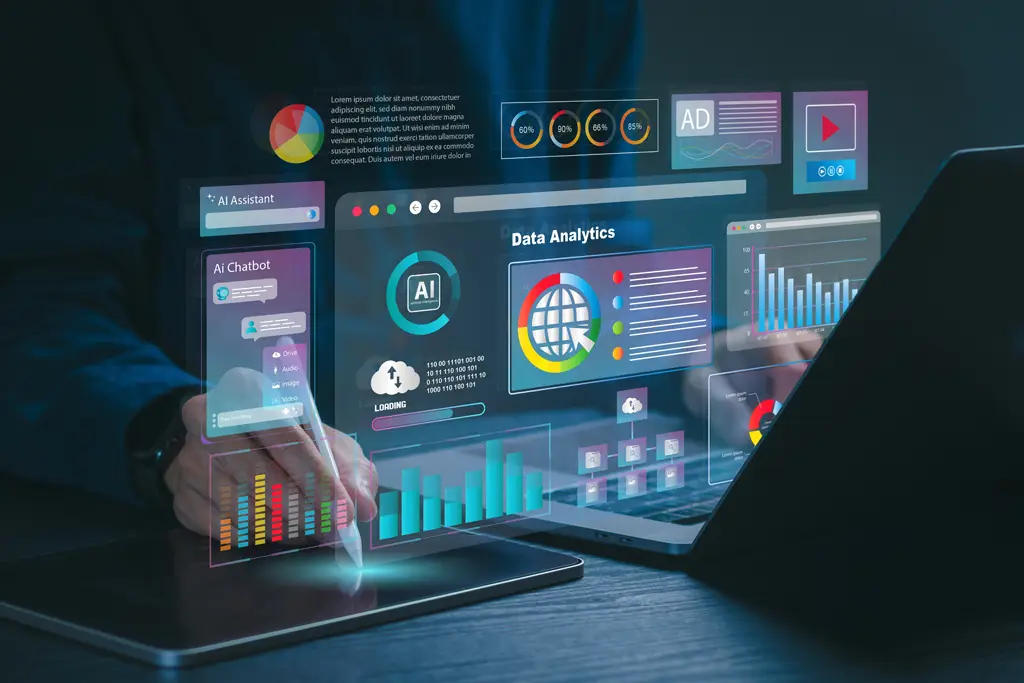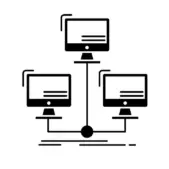Does your development strategy rely on intuition? Successful teams rarely achieve long-lasting results by trusting their gut alone. While intuition is important, it must inform a data-backed strategy. This is true for UX designers as much as any industry. Experienced designers develop a design sensibility but always test their inspiration against user performance metrics to improve usability. The key is striking the right balance between inspiration and analytics. Designers who focus on the right data, captured with the right analytics tools, enjoy better outcomes than their less-informed peers.
This article explores the key capabilities to look for when assessing different analytics tools. Learn how to select the right solutions to elevate your work and drive better outcomes.

Which Tools Augment Data-Driven UX Design Best
There is no one “right way” to approach UX design. Different designers look for different metrics to answer specific questions. These can often change depending on the needs of the project at hand. Finding the right tool for the job requires knowing exactly what kind of data represents the user activity you need to design for. Nonetheless, designers have agreed on some of the most popular and useful options:
1. Google Analytics
Like a carpenter’s trusty hammer, the oldest tool in the shed is often also the most reliable. When it comes to using Google Analytics, nothing makes up for years of experience interpreting the data it offers.
Bounce rates, conversion rates, and the other data Google Analytics offers are crucial to forming a meaningful UX design strategy. Google Analytics remains one of the best and cheapest analytics tools for determining what users do on your website, where they come from, and what engages them.
Google Analytics can’t replace the power of an inspired UX decision, but it can measure the effectiveness of UX decisions over time. Use Google Analytics alongside a detailed user journey map with well-designed user personas to discover the steps users take to become loyal customers.
2. Heatmaps
Heatmaps like Hotjar and CrazyEgg offer valuable user data at the individual level. The process is simple to understand—map out exactly where users are clicking, where the cursor hovers, and how long it takes them to make decisions.
Heatmaps can offer huge returns on relatively minor investments, making them a crucial asset in any UX designer’s toolbox. They are especially helpful in addressing functional web page elements, like navigation, layout choices, buttons, and images.
Not all heatmaps are the same. The greater the degree of user specificity you can get from your heatmap software, the better. A heatmap that can categorize users according to gender is a valuable tool. Still, a potential goldmine is a heatmap that can categorize users according to wide-ranging demographics and respond to their actions accordingly.
3. Customer Surveys
Customer surveys are tricky because many UX designers get them wrong. As a result, they are quick to dismiss the whole prospect and write off surveys as antiquated relics of an older generation. However, when done correctly, customer surveys still serve as incredibly valuable analytics tools.
UX surveys can offer much information that is not attainable through any other metric. Good questions, presented in the right way, lead to reliable answers that reflect the concerns of real-life users.

No performance metrics correspond to how users feel while browsing your website or navigating your mobile app. The only way to get that information is to ask the user for it.
Properly categorizing user responses is key to making that data actionable. You need to interpret user responses, compensate for biases and priming, and use the data your surveys generate to improve the UX.
UX Design Is a Constant Challenge
The field of UX design is inherently dynamic. User expectations and behaviors are constantly evolving, driven by large-scale cultural shifts. This fundamental truth is at the heart of the data-driven approach to UX design. To stay ahead of these changes, UX designers must vigilantly monitor emerging behavioral trends that signal broader transformations in how people interact with technology and digital experiences.
Examples of such large-scale changes are easy to point out—the iPhone brought about an entirely new set of expectations for the way people interact with technology and the internet. The only way to stay on top of these changes is by paying close attention to the trends that reinforce them. Keeping a close, data-oriented eye on UX design is key to staying on top of changes when they occur and not getting left behind.
By leveraging the right analytics tools, you can continuously improve your work and deliver better outcomes for your organization. Ready to take your UX design to the next level with the power of analytics? Contact UpTop to learn how our team of experts can help you select and implement the right analytics tools for your needs.


